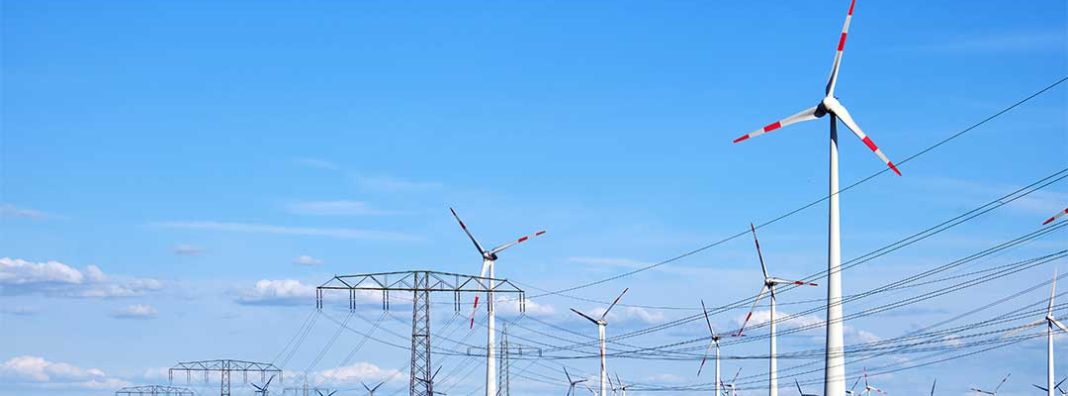
Now more than ever, it’s time to build. Our electrical grid is fraying, and our bridges and roads need reinforcement. We need new high-speed rail lines to connect our cities and new wind farms to produce carbon-free energy. From Silicon Valley heavyweights to Green New Deal-toting congresswomen, everyone agrees that now is the time to upgrade our physical environment.
With a new regulation released this month, the Trump administration joined the action. For decades, the biggest obstacle to federal infrastructure development has been the requirements of the National Environmental Policy Act (NEPA). This Nixon-era law requires federal agencies to release a detailed statement of environmental effects any time they take a major action that will affect the human environment. Over time, this simple requirement has morphed into endless paperwork and litigation. An average environmental impact statement, which must be completed before the government can approve an action, is 669 pages and takes 4.5 years. Legal battles can make the review drag on even longer.
The administration’s revised regulations streamline the process. They enforce a soft limit on the page count and the timeline. They make it easier for agencies to share the work they’ve done to document lack of environmental harms. And they codify the holdings of two unanimous Supreme Court cases with respect to the scope of effects that must be considered.
Activists have framed the reform as a blow to the environment, but that’s wrong. “It is now well settled,” wrote a unanimous Supreme Court in 1989, “that NEPA itself does not mandate particular results, but simply prescribes the necessary process.” President Trump himself understands the distinction between environmental substance and NEPA’s paperwork requirements. At an event announcing the release of the regulation in Atlanta, he said, “We won’t get certain projects through for environmental reasons. They have to be environmentally sound. But you know what? We’re going to know in a year. We’re going to know in a year and a half. We’re not going to know in 20 years.” As the president indicates, the regulatory changes do not diminish a single substantive environmental standard. Instead, they simplify the process for all kinds of projects and federal actions, including those with significant environmental benefits.
The Trump administration’s NEPA reforms are a big win for renewable energy development. Solar and wind farms are often caught up in the long permitting process. The American Wind Energy Association (AWEA) celebrated the changes, as they will make it easier to build wind farms across the country and off its shores. In their formal rulemaking comments, AWEA pointed out that the complexity of NEPA review has deterred the development of wind energy. Reforms to page limits and greater flexibility to use exemptions already used by other agencies will streamline the rollout of clean energy.
NEPA reform is also a victory for cleaner transportation. Manhattan’s plan to control air pollution through congestion pricing has been on hold as New York City seeks clarity as to whether to produce an environmental impact statement or a slightly less onerous environmental assessment. Elon Musk’s Boring Company hasn’t started digging its zero-emissions DC–Baltimore Loop tunnel yet only because it is waiting for finalization of its environmental assessment.
A reform-enabled infrastructure agenda is also a boon to the working class. Think of the jobs created as we repair aging infrastructure, upgrade our energy mix to cleaner power sources, and deploy high-speed rail. NEPA reform will simultaneously boost economic prospects for working-class families and improve the environment.
It’s difficult to overstate the reach of NEPA. Every project that takes federal funds, touches federal lands, or requires federal approval must go through the law’s environmental review process. What NEPA reform can ultimately deliver, then, is a more effective federal government, a goal that both parties should get behind. Every president since Bill Clinton—whose administration called the process “endless documentation”—has tried to streamline environmental review. President Obama attempted to do it through an executive order and by signing the Fixing America’s Surface Transportation Act, which included a section on permitting. Trump’s reform, then, is not the radical and outrageous step portrayed by environmental activists. Rather, it is part of a long line of bipartisan actions to untie the hands of the federal government and enable us all to build a better America.


 The Hill
The Hill